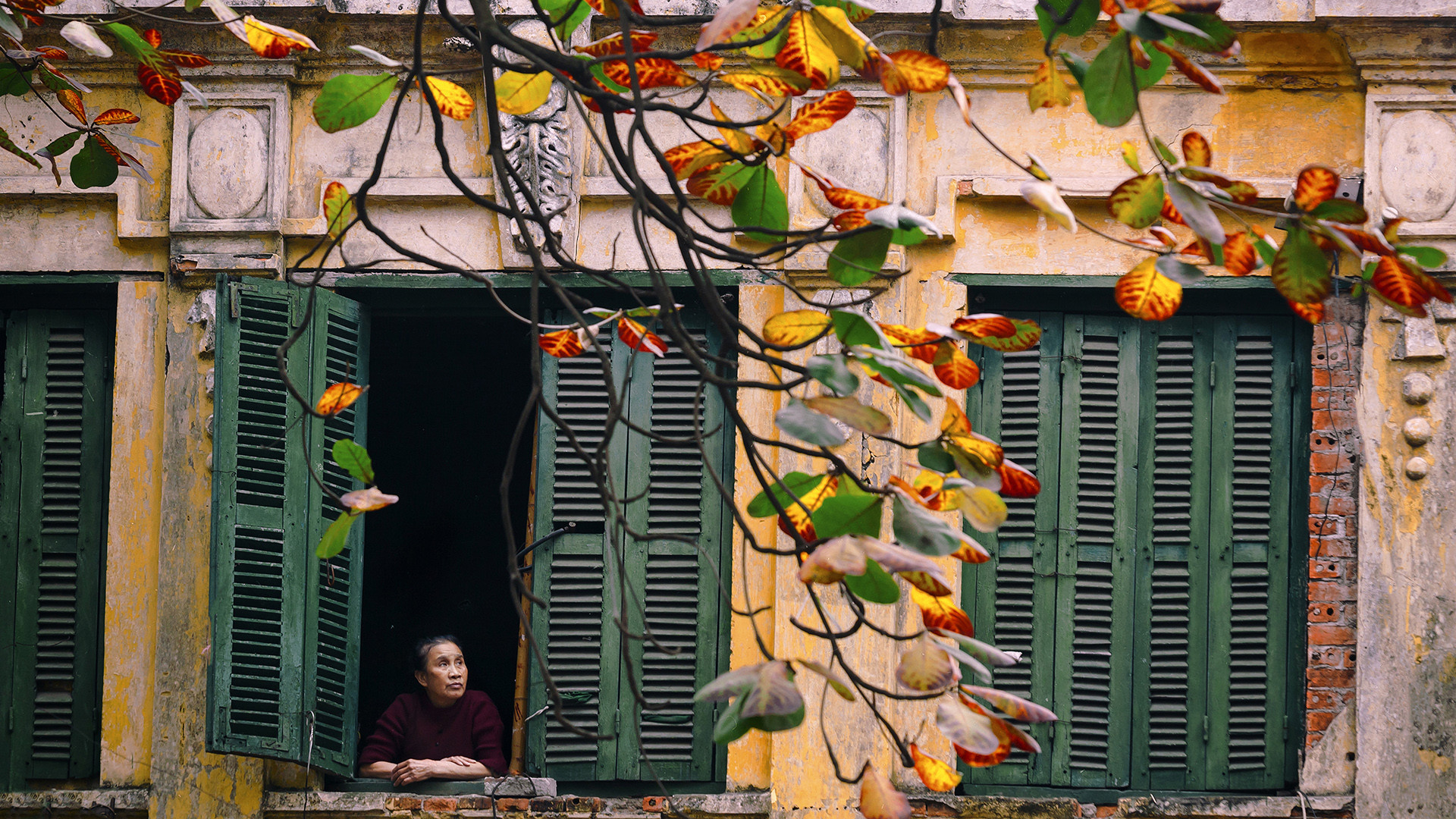
The Bang tree has long been deeply intertwined with the life of Hanoians. According to urban planning during the French colonial period, trees like Bang, Xa Cu, and Sau were planted to create the landscape for the Old Quarter and the villa areas in Hoan Kiem District.
"Hanoi in autumn, the rice tree turns yellow, the Bang leaves turn red/Side by side, old houses, ancient tiled roofs" - are the opening lines that nearly everyone knows from the song "Remembering Autumn in Hanoi" by composer Trinh Cong Son. As a result, the Bang tree, with its changing leaves, always leaves a lasting impression in the hearts of the people. Photo: Pham Quoc Dung
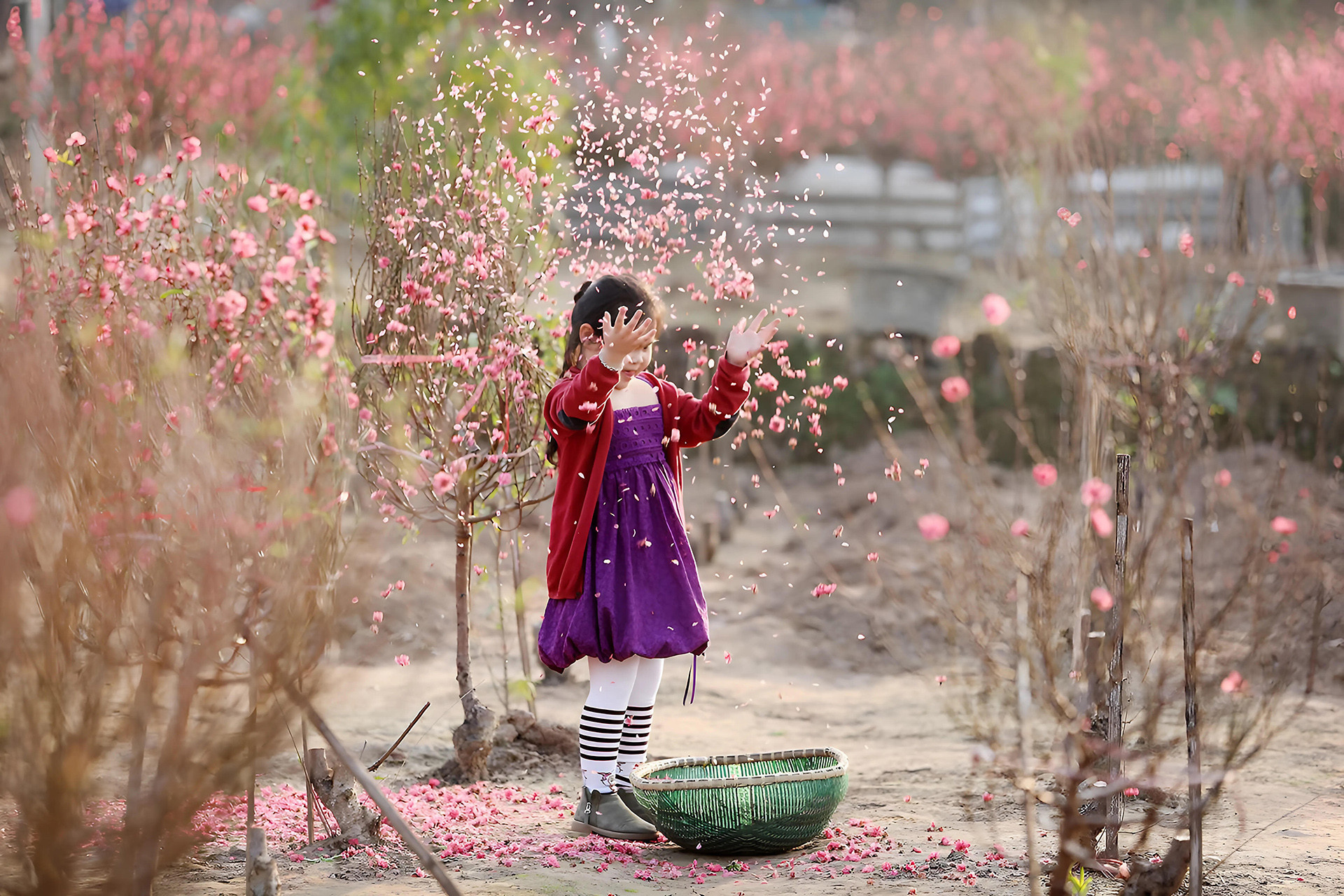
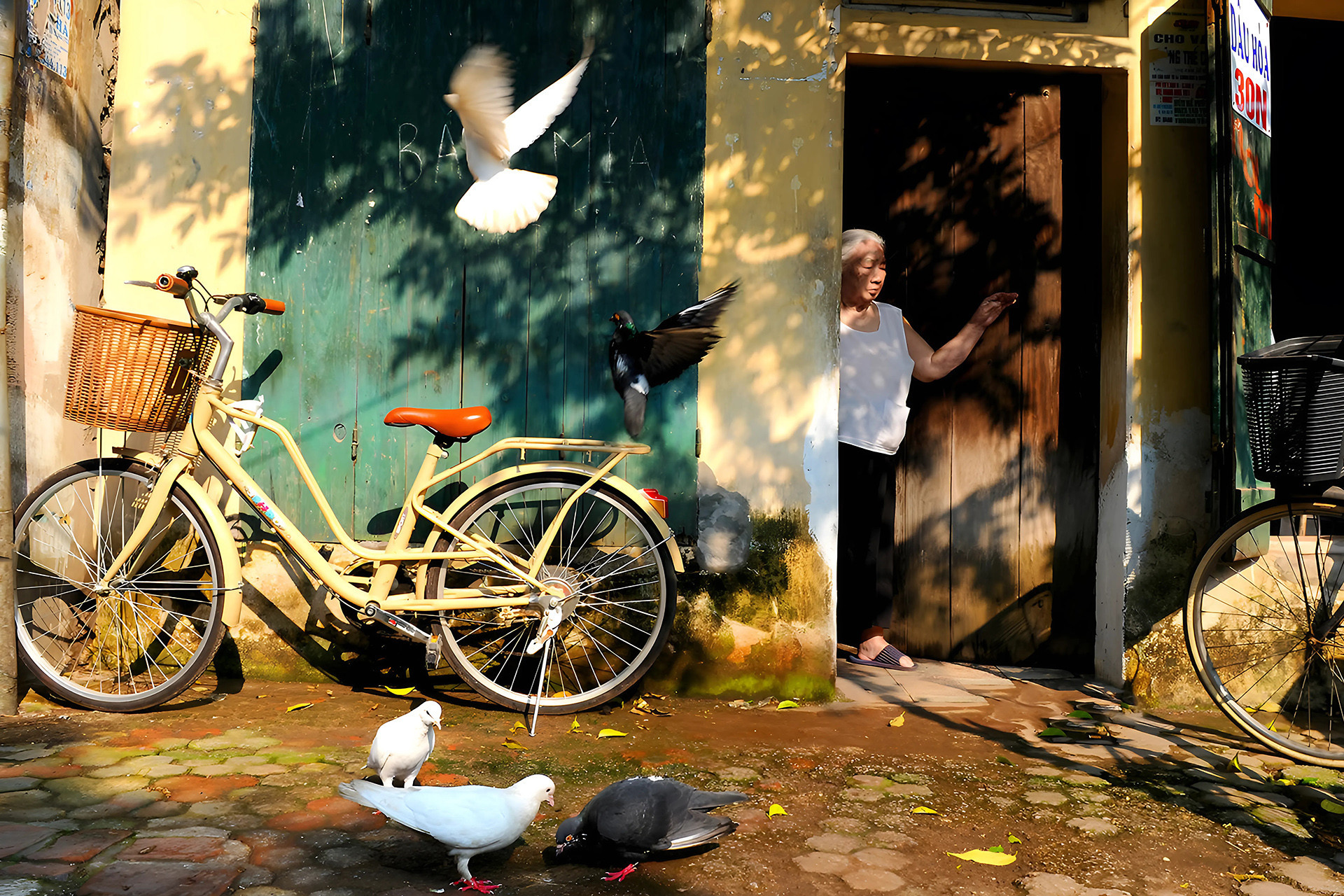
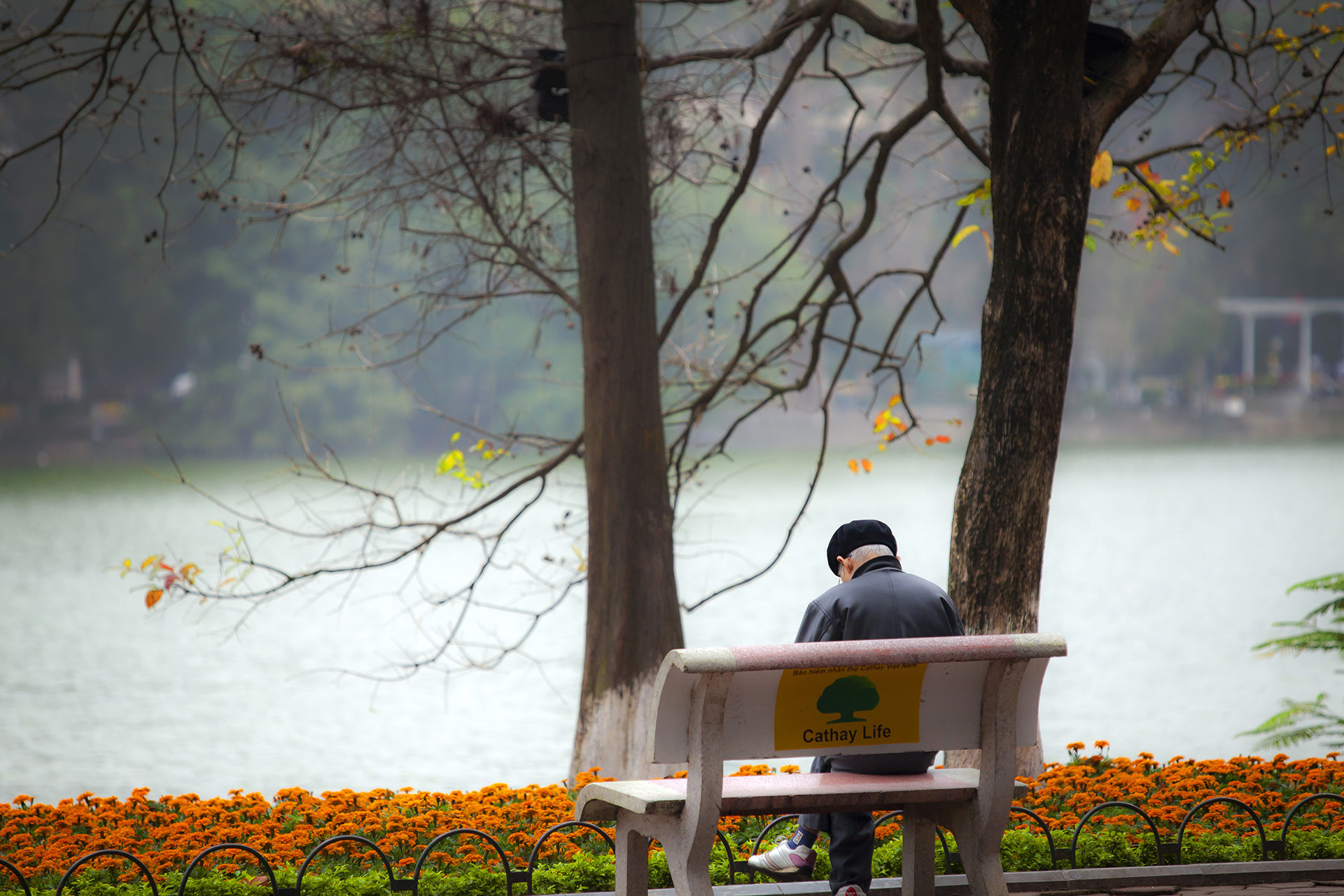
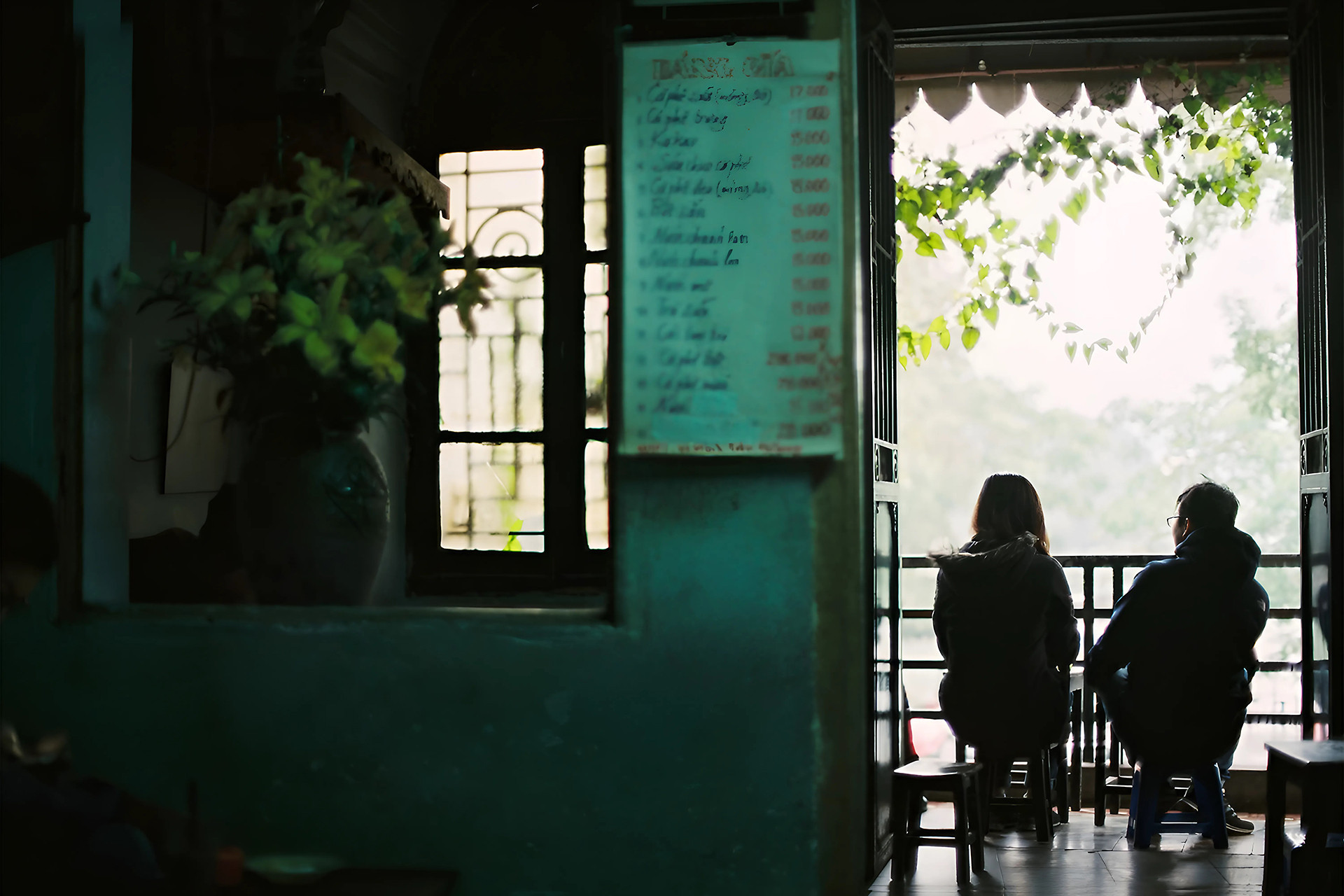
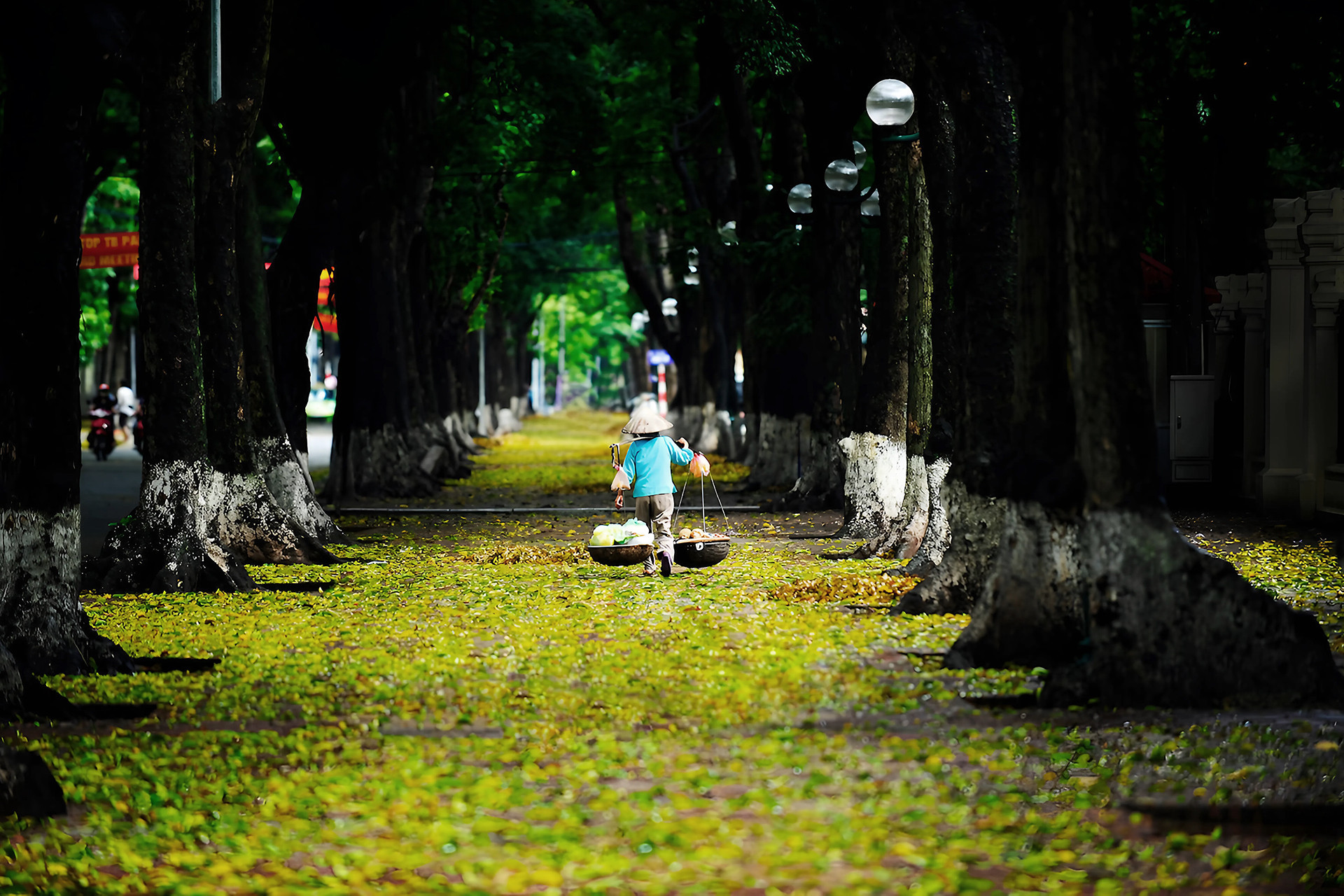
"Clear the leaves so autumn can change its dress.
Paint life golden with passion.
The burden etched on Mother’s back,
The worries that whiten Father’s hair.
In every home, on every green step,
We stand together in love,
Hopeful dreams stretch along the old streets."
These lyrics from the song "Falling Leaves" by composer Trong Dai perfectly capture the romantic essence of Hanoi’s streets during the transition from autumn to winter. Photo: Vu Minh Quan
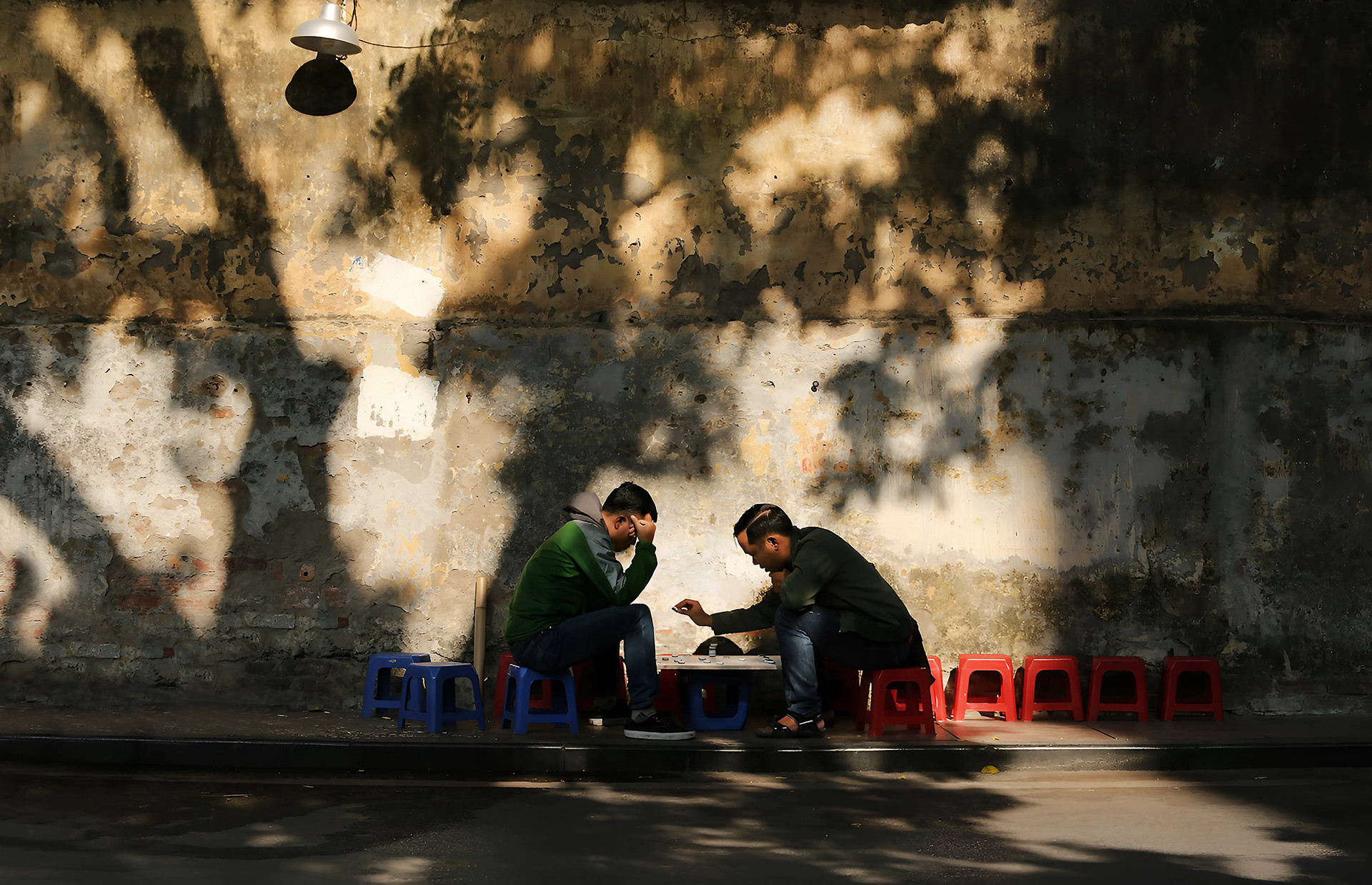
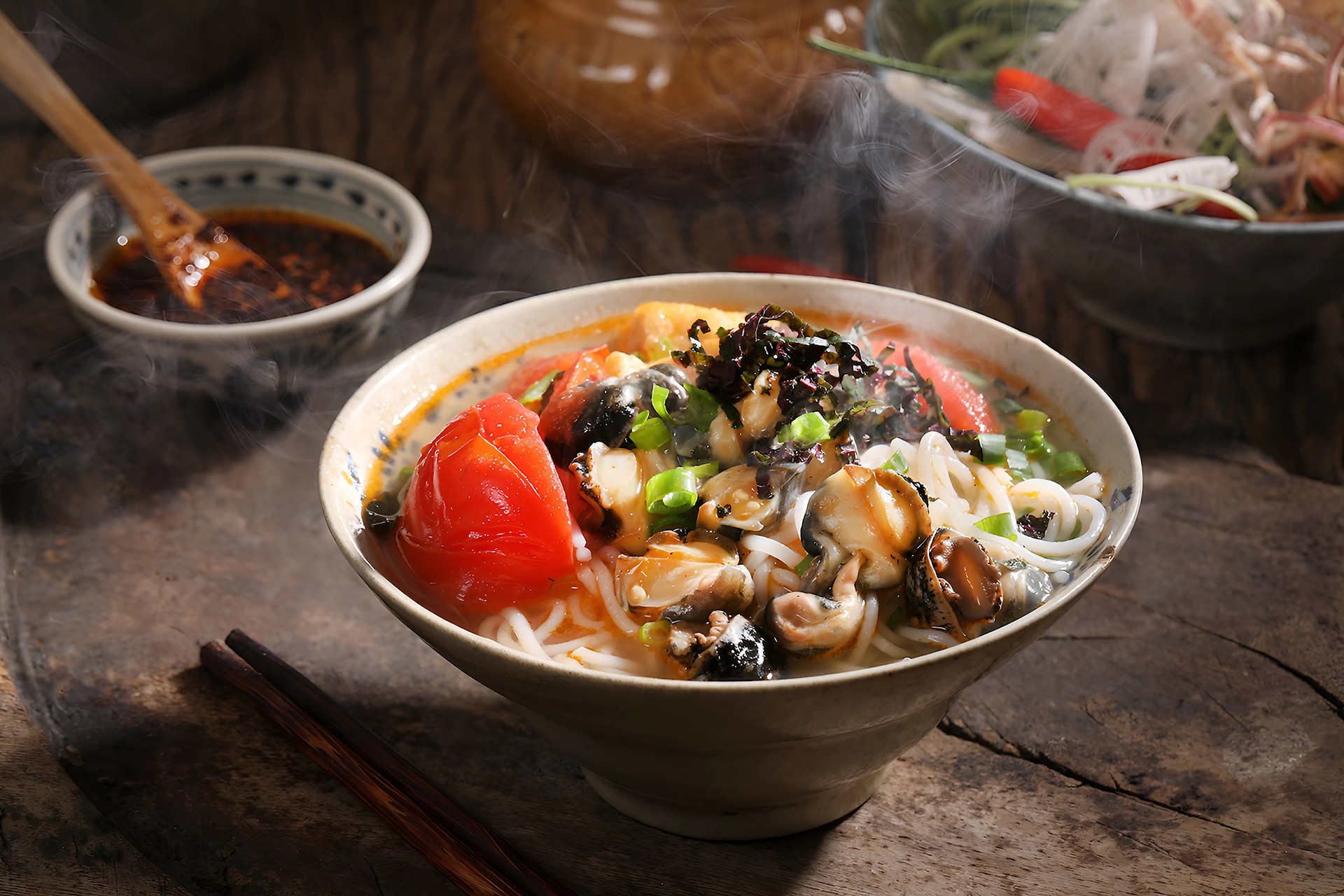

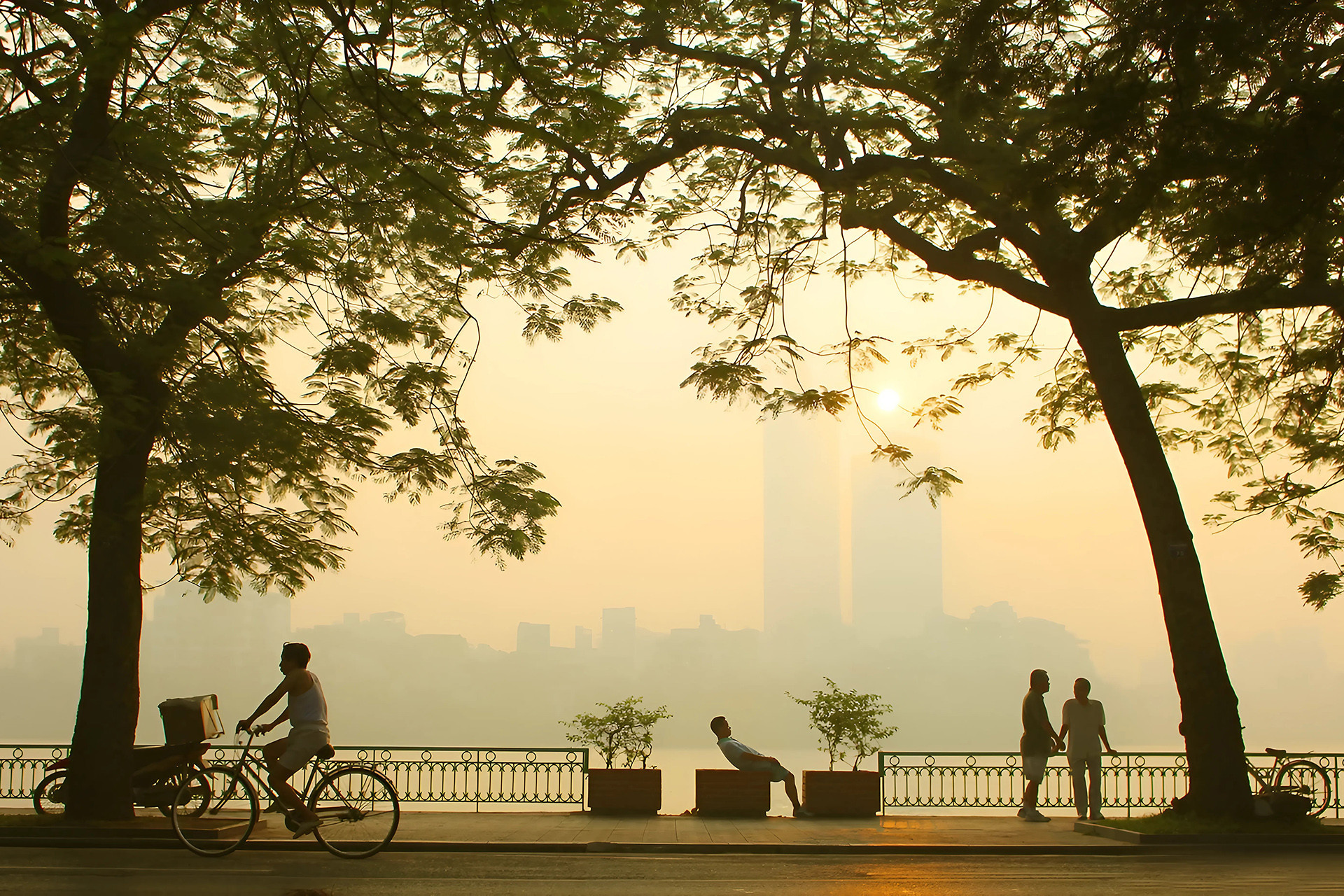
Nam Khanh